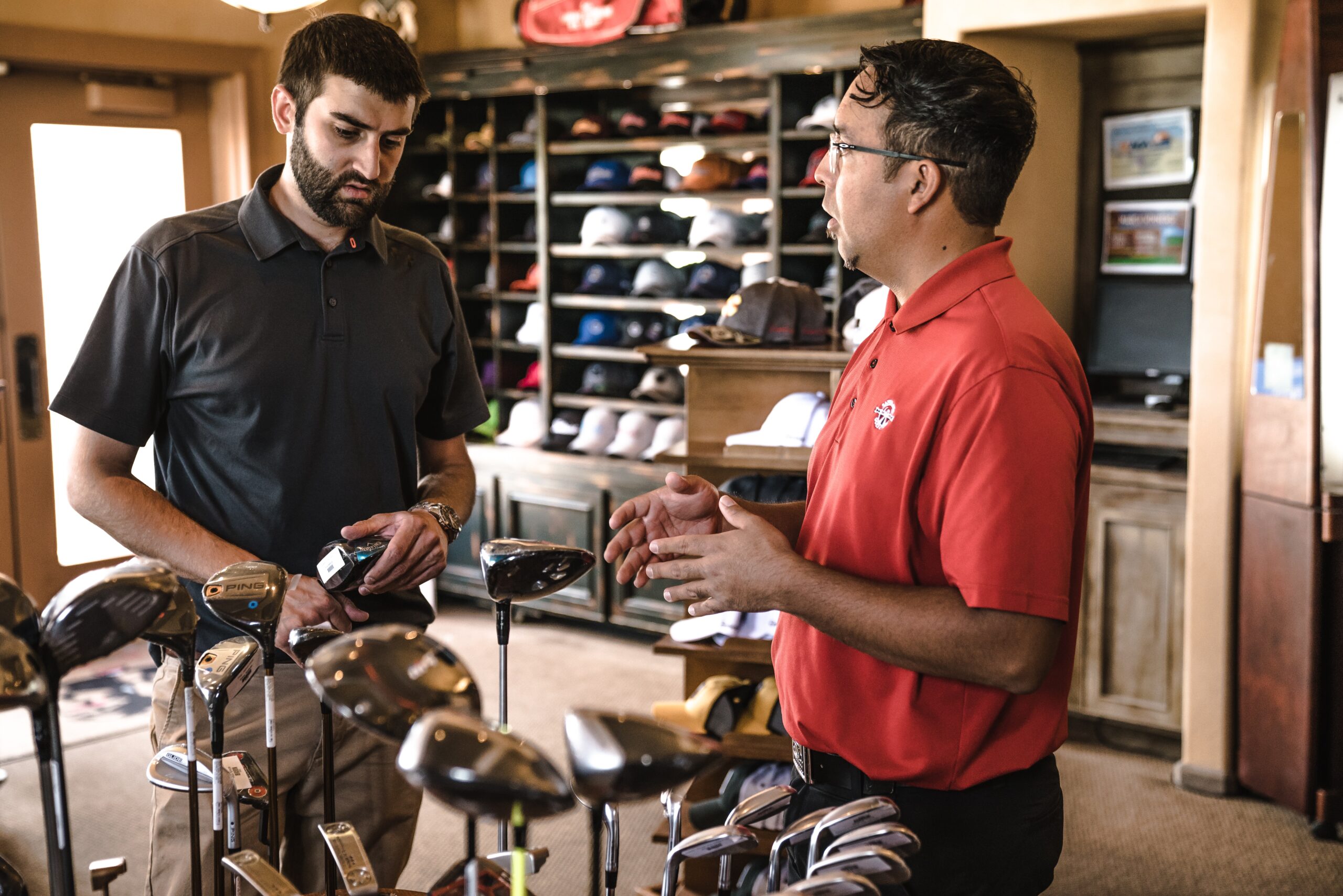Photo by Austin Distel on Unsplash
Successfully pitching your business to investors and partners is a mix of art and science. While the content is crucial, so is the delivery. Tailor your pitch to your audience, focus on the problem and solution, and prepare thoroughly. With dedication and clarity, you can secure the partnerships and investments needed to elevate your business to new heights.
How to Pitch Your Business to Investors and Partners
By Gary Occhiogrosso – Founder of Frangrow
Pitching your business idea to potential investors and partners is a critical step in the growth of your company. It is your chance to showcase your vision, the opportunity, and the potential returns on their investment. Getting this pitch right can mean the difference between landing significant funding and watching your business dream stall.
Follow these guidelines to ensure your pitch stands out.
1. Understand Your Audience
Before you even begin crafting your pitch, take the time to understand who you’re pitching to. Are your investors more traditional, or are they from the tech sector? Are your potential partners more interested in financial returns or social impact? Tailor your message to resonate with your specific audience’s interests and priorities.
2. Start with a Captivating Opening
First impressions count. Start with a story or a statistic that encapsulates the problem your business aims to solve. This should capture attention and set the stage for your solution.
3. Articulate the Problem Clearly
Clearly define the problem you’ve identified in the market. The bigger and more pressing the problem, the more attractive the investment opportunity becomes. Use real-world examples or statistics to make your case.
4. Showcase Your Solution
After presenting the problem, dive into your solution. How does your product or service address this issue? What makes your solution unique or better than other alternatives in the market?
5. Market Size and Opportunity
Investors and partners need to know the size of the prize. Define your target market and explain the total addressable market (TAM). Demonstrate the revenue potential and growth opportunities.
6. Business Model
How will you make money? Outline your pricing strategy, sales channels, and any other revenue streams. Explain the scalability of your business model and its potential for profitability.
7. Traction
If you already have sales, significant user engagement, or other markers of success, highlight them. Traction can validate your business model and reduce perceived risk for investors.
8. Marketing and Sales Strategy
Detail how you plan to acquire customers and drive sales. Whether through online advertising, partnerships, or a sales team, be specific about your strategies.
9. The Team
Introduce your team and highlight their qualifications. Investors and partners often invest in people just as much as they invest in ideas. Showcase any relevant experience, skills, or past successes that make your team uniquely suited to execute the business plan.
10. Financial Projections
Present a high-level view of your projected revenue, expenses, and profit for the next 3-5 years. Ensure these projections are realistic and based on sound assumptions.
11. Ask and Terms
Clearly state what you’re asking for, whether it’s a monetary investment, a partnership, or other support. Include the terms of the deal, such as equity offered or expected returns.
12. Close Strong
End with a recap of the opportunity and reiterate why your solution stands out. Finish with a call to action, prompting your audience to take the next step.
13. Practice, Practice, Practice
No matter how good your pitch is on paper, the delivery can make or break the deal. Practice your pitch multiple times, refine based on feedback, and ensure you’re well-prepared to answer questions.
14. Prepare for Tough Questions
Investors and potential partners will likely have hard questions about your business. Anticipate these questions and have well-researched answers ready. This will not only show your thoroughness but also help build trust.
15. Keep it Concise
A pitch doesn’t need to be long; it needs to be effective. Aim to deliver your core message in 15-20 minutes, leaving ample time for questions and discussions.
Conclusion
Successfully pitching your business to investors and partners is a mix of art and science. While the content is crucial, so is the delivery. Tailor your pitch to your audience, focus on the problem and solution, and prepare thoroughly. With dedication and clarity, you can secure the partnerships and investments needed to elevate your business to new heights.
=======================================
Article produced & edited with the support of AI










